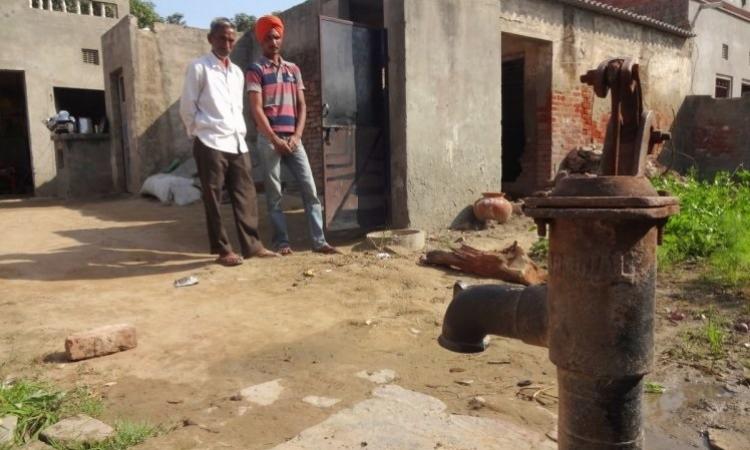
According to a United Nations Children’s Fund Resource report, 70% of India’s water supply is polluted with sewage effluents. It also ranks very low at 120 among the 122 nations in terms of quality of water available to its citizens. Current evidence indicates that as high as 37.7 million Indians are affected by waterborne diseases annually, and as high as 1.5 million deaths among children are known to occur due to diarrhoeal diseases.
The paper titled 'Assessment of bacteriological quality of drinking water from various sources in Amritsar district of northern India' published in The Journal of Infection in Developing Countries, informs that water quality monitoring is very crucial to ensure delivery of safe drinking water to the population and thus needs to be periodically monitored by authorities. Quality of drinking water is measured in terms of the presence of E. coli, which is a member of the fecal coliform group and is a more specific indicator of fecal pollution than other types of fecal coliforms. The method of detection is also affordable, fast, sensitive, specific, and easy to perform.
Drinking water quality in Amritsar: The study
The paper presents the findings of a study that evaluates the bacteriological quality of water supplied to public places by various sources of water in and around Amritsar in northern India. A total of 1,317 drinking water samples from various water sources in Amritsar received between January 2013 and May 2014 were analysed for the study.
Findings of the study
The study found that as high as 42.9% of the samples were unsatisfactory and unfit for human consumption. It was observed that contamination was higher in the rainy seasons as compared to winter and summer.
Of the samples taken, a high proportion of water samples from domestic water supply and from schools (government and private) were found to be contaminated.
High level of contamination was observed in samples collected from submersible pumps and water tanks as compared to hand-pumps and taps. These sources of water were found to be more exposed and liable to contamination by raw sewage overflow, septic tanks, leaking sewer lines, land application of sludge, and animal droppings/ bird faeces.
Though the authorities were taking care to supply treated (chlorinated) water, depressurised water pipes routinely lead to the infusion of pathogens and organic matter, which overwhelmed the protection provided by residual chlorine thus contaminating the water. Besides this, the ailing sewer system, which was unable to cope with the rapid growth of the city was also found to contaminate the water sources.
The paper ends by arguing that such an alarmingly high level of contamination of water in places visited regularly by residents calls for public awareness, immediate attention, and action by the authorities. A comprehensive development program must be made and should include a practical and cost-effective approach to provide potable water and a more aggressive approach to reduce the risk of water related transmission of diseases.
A copy of the paper can be downloaded below.